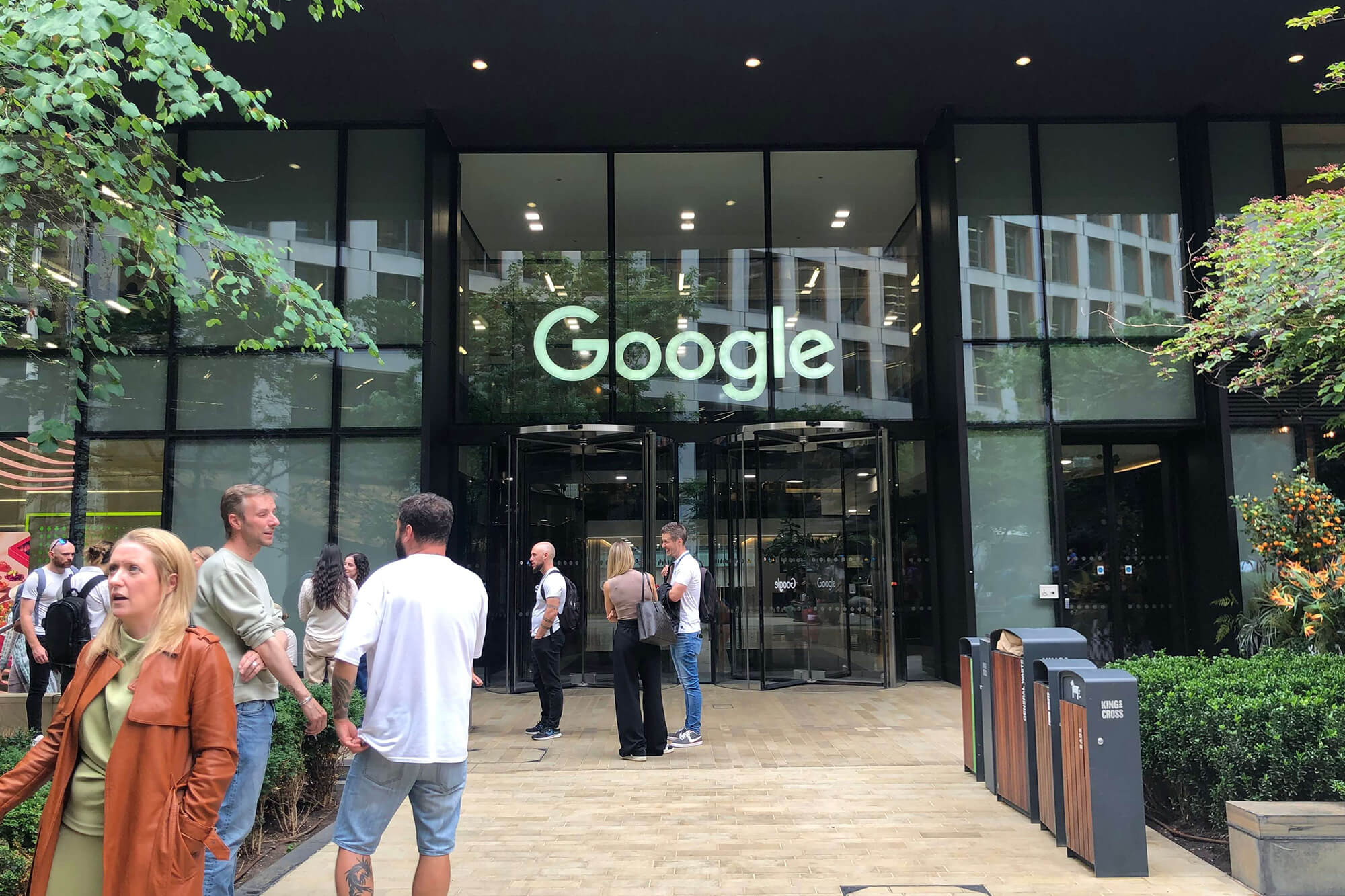The New Social Commerce Stack: TikTok Shop, Meta and the Rise of Live Shopping
The days of social platforms being spaces to catch up with friends, follow trends, and spy on your celebrity crush are gone.

Instead, platforms like TikTok and Meta are now one-stop digital marketplaces that combine content and commerce with every scroll, encouraging us to spend time and money.
By leveraging livestreams, APIs and in-app tools (the new social media commerce stack) brands are reaching new audiences and driving real-time customer conversions.
So, what does this shift mean for traditional eCommerce - and how can businesses adapt?
Let's dig in.
Who does social commerce best: TikTok Or Meta?
Although it feels like it's been around forever, TikTok Shop only launched in the UK in 2021. Today, more than 200,000 UK merchants are active on the platform, with over 6,000 live shopping events taking place daily. TikTok also reports a 131% year-on-year increase in UK shoppers and more than 180% growth in sales.
Its success comes down to simplicity. Sellers can tag products in short videos, livestreams, and storefronts - turning views into instant transactions. Plus, with Fulfilled by TikTok (FBT) handling storage, packing, and delivery, sellers can manage everything in-app at the push of a button.
Meta's toolkit offers similar services. Support for Instagram Shopping and Facebook Shops includes product tagging, in-app checkout, and livestream demos. However, in contrast to TikTok, Meta phased out Facebook Live Shopping in 2023, shifting focus to short-form content.
Although TikTok is relatively new to commerce, it's growing rapidly by making live shopping a central part of the user experience. The platform’s impressive list of services have seen it emerge as a genuine competitor to online shopping colossus, Amazon. Which takes some doing.
The Power Behind The Buy Button.
APIs (Application Programming Interfaces) are the bridge of social commerce, linking product catalogues, content, orders, and analytics across platforms.
For example, TikTok's Shop API allows brands to synchronise inventory, manage fulfilment, and run live shopping campaigns. Meta provides comparable backend access, allowing businesses to manage listings and track engagement across Instagram and Facebook.
Shopify's native integration streamlines campaign setup and reporting, with tools like Linkpop and Collabs giving brands a centralised way to manage multi-channel operations.
Is Live Shopping The Future of eCommerce?
Livestream shopping may feel like a recent trend, but it's already a major force in China, generating over $170 billion in annual sales. Western platforms are racing to catch up, with TikTok leading the charge in the UK.
Live streams, typically hosted by influencers or brand reps, have become serious revenue drivers. Beauty brand P. Louise reportedly brought in £1.5 million during a single session.
With product demos, real-time Q&As, and limited-time offers, livestreams create a fast, frictionless buying experience, which is a key reason conversion rates often outperform traditional eCommerce. Shopify reports that some brands are seeing conversion rates of 20% or more during live events.
While TikTok continues to invest heavily in live shopping, Meta has shifted direction. Facebook Live Shopping ended in 2023, though Instagram still supports product tagging. Some brands continue to experiment with livestreams, but shoppable Reels now dominate Meta's commerce strategy.
How Brands Are Turning Content Into Conversions.
The brands getting social commerce right do more than sell. They entertain, engage, and build trust with customers directly in their feed.
On TikTok, this means creator-led campaigns, regular Lives, and in-app checkout.
One standout Shopify campaign saw skincare brand Three Ships Beauty achieve a 26% conversion rate during a single livestream.
On Meta, brands often lean on product tagging across Stories and Reels, backed by influencer campaigns and API-driven analytics.
Many businesses now take a cross-platform approach, testing livestreams on TikTok, Instagram, YouTube, or platforms like Bambuser to see what resonates most with their audience.
What's next for social commerce?
Social commerce is projected to account for over 17% of global online sales in 2025. But, as always, new opportunities bring new challenges.
Regulations around advertising transparency, consumer protection, and data privacy are still evolving. In the UK, businesses using live shopping must clearly state their returns policies and comply with consumer law.
There's also platform risk. Algorithm or policy changes can disrupt campaign performance, meaning brands that rely solely on one channel are especially vulnerable.
A flexible, API-connected system provides better protection, enabling brands to adapt quickly and maintain control over their infrastructure.
Looking ahead, expect more AI-driven personalisation, creator storefronts, and AR-enabled product trials. Social commerce is just getting started.
Ready To Build Your Social Commerce Stack?
The new social commerce stack is redefining how brands sell online. With TikTok leading the way and Meta refining its approach, savvy brands have more ways than ever to connect content and commerce.
For those who build connected, content-driven, multi-platform shopping experiences, the rewards can be substantial.
______
Sources:
TikTok Newsroom
McKinsey & Company
Business Insider
The Retail Bulletin
Content Grip



